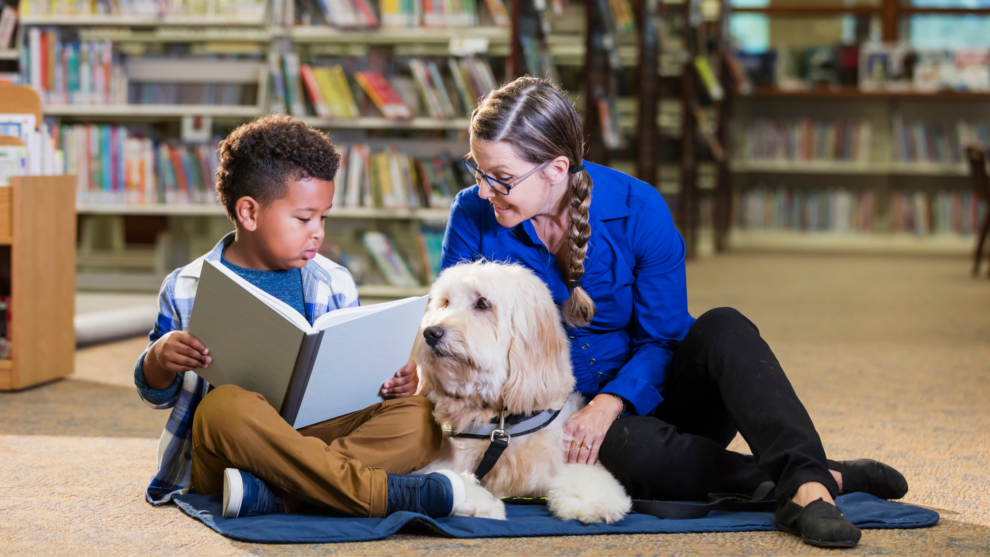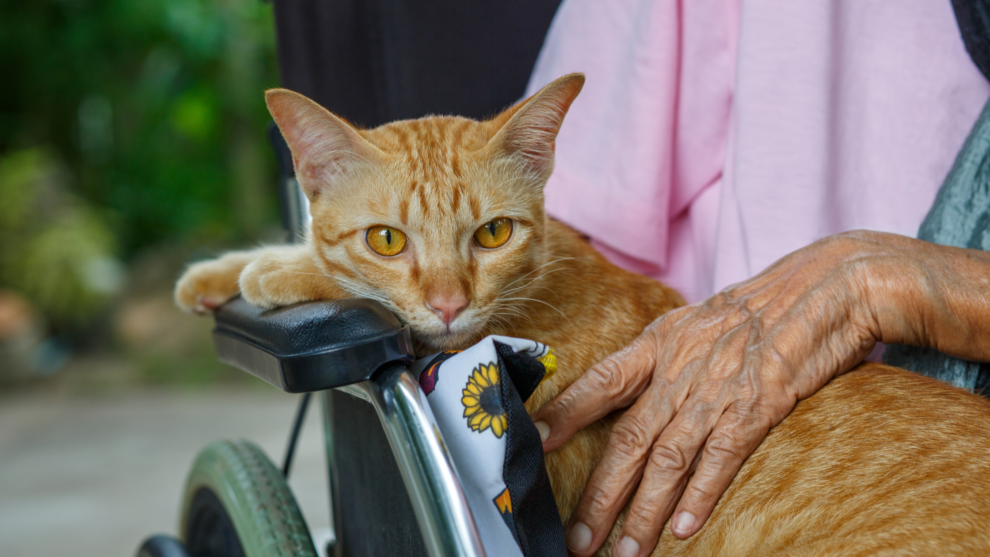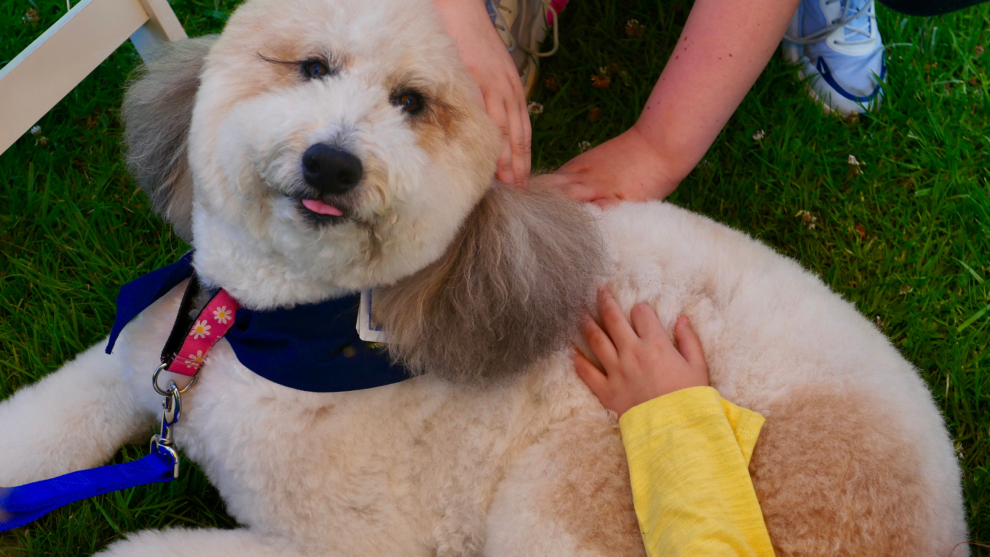Of course, any pet owner will proudly claim that their own pet is a therapy animal. Whether it is a cuddly dog, a quiet cat or even a loyal rabbit, our four-legged friends offer us unconditional support, love and companionship. Their ability to comfort us in difficult times and make us laugh in the best moments makes them indispensable to many. But what does it really mean to be a therapy animal? In this blog, we dive deeper into the unique roles therapy animals play in our society and discover how they can change lives.
What is a therapy animal?
A therapy animal is a specially trained animal that helps people improve their physical, emotional or mental well-being. Therapy animals, such as dogs, cats, rabbits and even horses, are often used in healthcare facilities, hospitals, schools and nursing homes to reduce stress, provide comfort and support the recovery process. Unlike assistance dogs, performing specific tasks for people with disabilities, therapy animals are there primarily to provide companionship and a sense of security. Their presence can reduce feelings of loneliness, relieve anxiety and even lower blood pressure. Contact with therapy animals promotes positive emotions and helps people feel more relaxed and happy, which benefits their recovery or well-being.

The roles of a therapy animal
Therapy animals perform a variety of roles for different audiences. Whether in a care facility, school or other setting, they are used to support both young and old through various challenges. Below, we look at the different roles a therapy dog or cat can fulfill and how they make a difference for countless people.
1. Emotional support in care facilities
Therapy animals are often used in hospitals, nursing homes and rehabilitation centers to help patients relax and feel less lonely. A therapy dog lying quietly next to a bed can calm patients and give them a sense of belonging. For the elderly, who often deal with loneliness, a visit from a therapy animal is a bright spot in the day. These interactions can even help reduce physical pain by stimulating the production of endorphins and oxytocin, called "happiness hormones."

2. Support for people with mental health problems
Therapy animals are also often used in therapies for people with anxiety disorders, depression, PTSD (post-traumatic stress disorder), and other mental health problems. Dogs and cats provide companionship without judgment and help reduce stress. A therapy dog at a therapy session can calm patients and help them feel safer during difficult conversations. This can greatly enrich the therapy experience, especially for people who otherwise have difficulty talking about their emotions.
3. Role in education: support for children
In schools, therapy animals are sometimes used to help children with learning disabilities or social anxiety. In reading programs, for example, children can read aloud to a dog, who listens patiently without judging them. This gives them the confidence to practice without fear of making mistakes. For children with ADHD or autism, a therapy animal provides a calming presence, helping them stay more focused in class.

4. Comfort in traumatic situations
In traumatic events, such as natural disasters, accidents or the loss of a loved one, therapy animals can play a valuable role in crisis intervention. They provide a safe and familiar presence that helps people feel less overwhelmed. After trauma, even a brief interaction with a dog or cat can restore a sense of safety and reduce feelings of isolation. This allows people to take the first steps toward recovery more quickly.
5. Workplace support
In a world where stress and burnout are on the rise, companies are also beginning to recognize the importance of therapy animals. Some workplaces are offering special days when employees can cuddle or pet a therapy dog to reduce stress. These interactions help lower blood pressure and can contribute to a more positive work atmosphere. In addition, being with a therapy animal can promote cooperation and well-being within teams.
6. Guidance in rehabilitation and physical therapy.
Therapy animals can play an important role in the rehabilitation process after injury or surgery. They are often used to motivate patients during physical therapy exercises. For example, a patient may be encouraged to throw a ball for the dog or brush the dog as part of movement exercises. Because of their companionship, patients are more likely to feel motivated to keep up their exercises, which benefits their recovery.

7. Social connections and communication assistance
People who have difficulty with social interactions, such as the elderly or people with disabilities, can be helped by a therapy animal to reconnect with others. Dogs and cats often make spontaneous contact, which encourages conversation and interaction between people. This gives people with social anxiety a chance to practice their social skills in a relaxed environment.
How does an animal become a therapy animal?
Not every animal is suitable for therapy work; therapy animals are carefully selected based on temperament, obedience and the ability to remain calm in stressful situations. They go through intensive training to learn how to react appropriately in different environments and to different emotions.
The bond between humans and animals is extremely powerful, and therapy animals play a unique role in enhancing well-being and promoting recovery. Whether they provide comfort, break down social barriers, or support people in their daily lives, these four-legged friends make our world a little brighter and kinder.

Let us appreciate these faithful helpers for all the good work they do in our society
Do you have a special story about a therapy animal?
Or do you just want to share about the special bond you share with your four-legged friend(s)? Share it with us and we'll give your story a spotlight in our socials! 🐾





